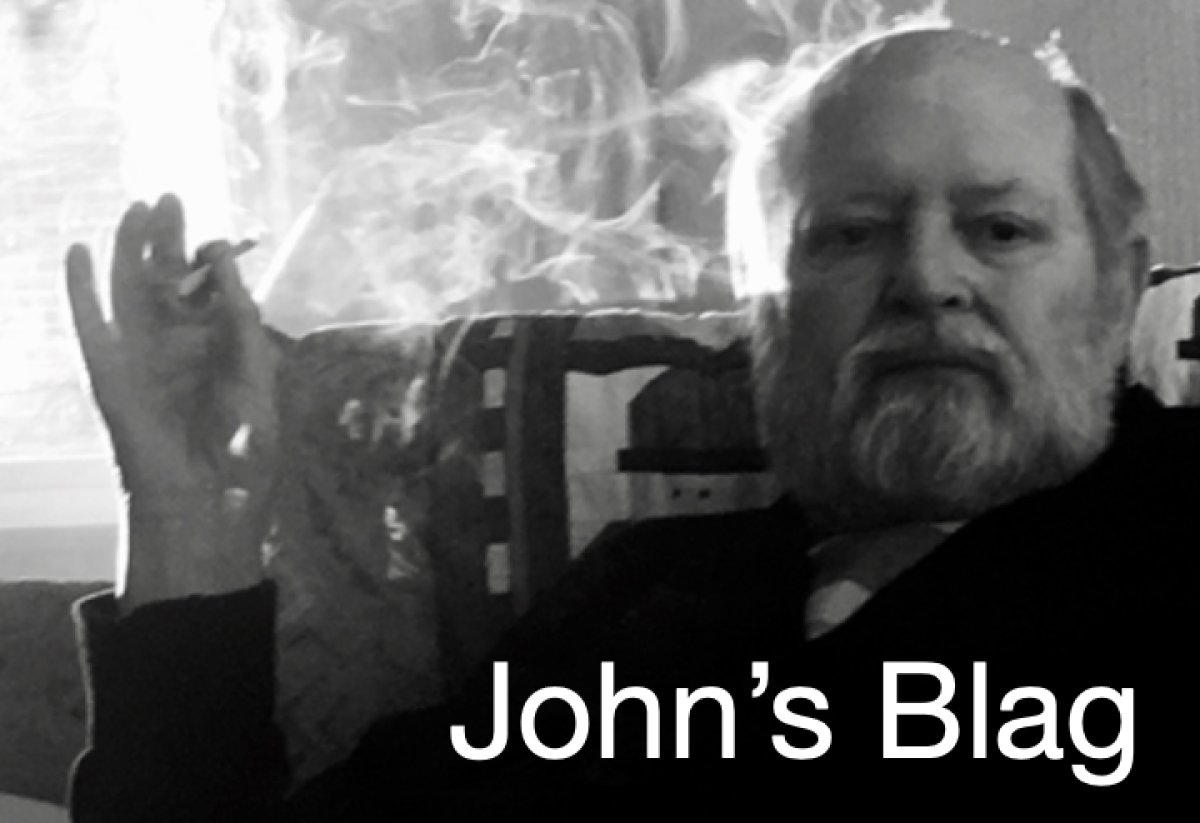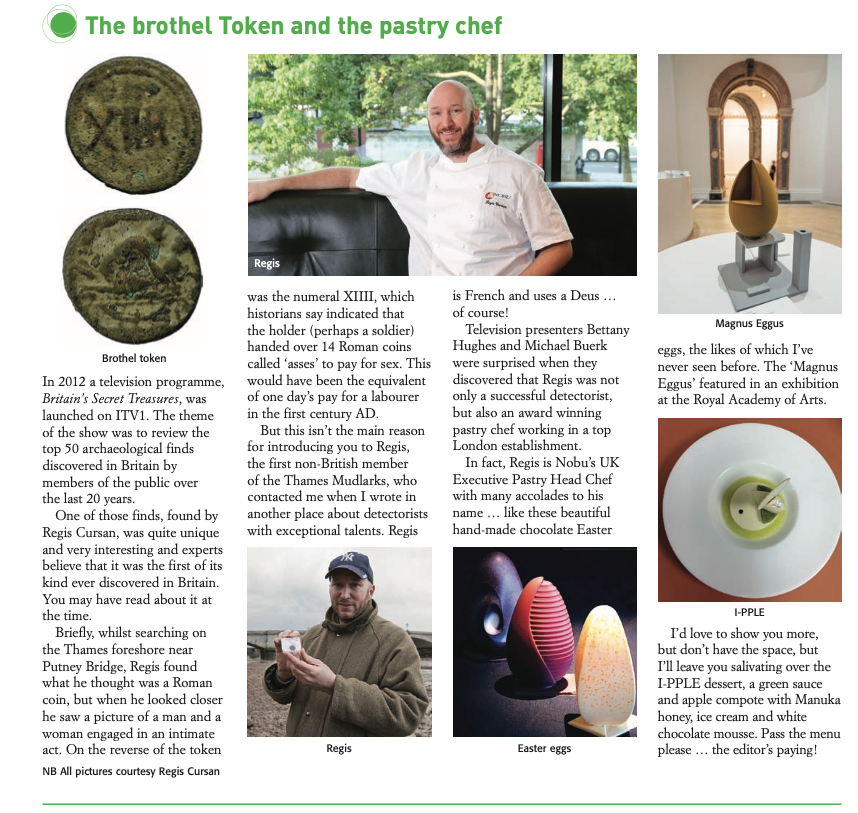Archaeologists & Imagination

I believe there is a module in the training course for archaeologists called Module 4, which focuses on imagination and imaginative writing. We can all be considered archaeologists to some extent, especially metal detectorists who are interested in the past. Sometimes, these hobbyists show better imaginative skills than the so-called “experts,” although Barford might challenge this notion.
Archaeologists study the remnants of the past and how they relate to the traces they find. They then use these findings to create a meaningful understanding, whether it’s through making inventories, accounts, narratives, explanations, or anything else. Many people find this subject fascinating, including metal detectorists.
Continue reading “WOOD YOU BELIEVE IT?”


